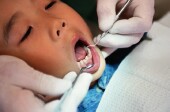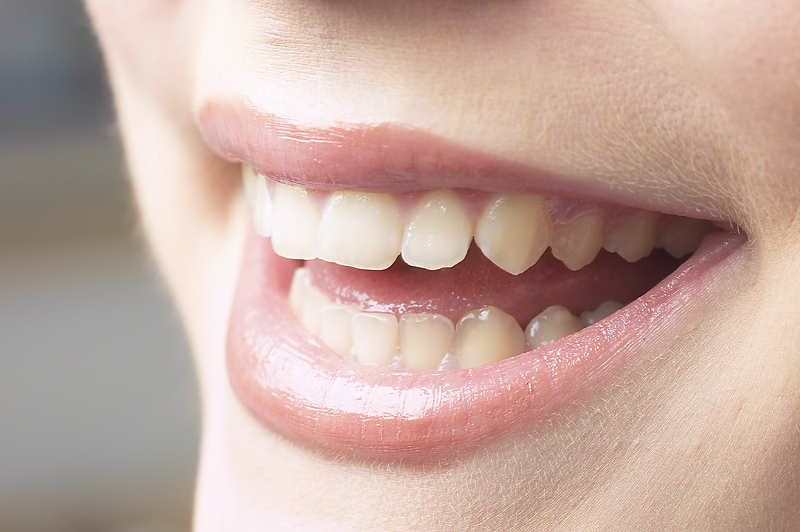
THURSDAY, July 5 (HealthDay News) — Since 1964, the disparity between black and white children’s dental care has narrowed dramatically, a new study finds.
By 2010, the disparity in receiving dental care had almost disappeared and was statistically insignificant, researchers say. More, however, is needed to ensure that all children in the United States get adequate dental care, they add.
Roughly 50 years ago, “about 60 percent of African-American children had never been to a dentist, compared with 30 percent of white children. By 2010, this gap had completely disappeared as did the gap in yearly dental visits,” said lead author Dr. Inyang Isong, an instructor in pediatrics at Massachusetts General Hospital, in Boston.
The gap was greatest among poor black children, she said. “We imagine that some of the government programs targeted to these children may have contributed to narrowing the gap,” she said. These programs include Medicaid and the Children’s Health Insurance Program (CHIP).
Despite this progress, there are still many children who do not see a dentist, Isong said. “The good news is that African-American and white kids are accessing dental care at equal rates, but the bad news is that African-American kids still have higher rates of cavities.”
In addition to going to the dentist, other factors that may contribute to this disparity include diet, the availability of sugary drinks and the quality of dental care poor African- American children receive, she said.
The report was published online July 2 and appears in the August print edition of Pediatrics.
To track the trends in children’s dental care, Isong’s team used data from five U.S. National Health Interview Surveys from 1964 to 2010, focusing on children 2 to 17 years old.
Specifically, they looked at the children’s history of seeing a dentist in the past year and not ever seeing a dentist.
The percentage of black and white children who had not seen a dentist in the past year dropped from about 52 percent in 1964 to 22 percent in 2010. And those who had never seen a dentist dropped from nearly 34 percent in 1964 to 11 percent in 2010.
Dr. Burton Edelstein, a professor of dentistry and of health policy and management at Columbia University, in New York City, said “this study substantiates, for the first time, a long-term temporal trend toward elimination of black-white racial disparities in utilization of dental services by U.S. children.
“These findings substantiate the powerful positive impact of public insurance programs, such as Medicaid and CHIP, that mandate dental services for poor and low-income children,” added Edelstein, who is president of the non-profit Children’s Dental Health Project.
Yet, African-American children are not receiving the same breadth and depth of dental care as their white peers, despite having comparable access to some dental services, Edelstein said.
“Medicaid and CHIP, despite ongoing and substantive controversies over their designs, payment levels and acceptance by ‘mainstream’ dentistry, have been successful in assuring coverage to children with greatest needs, have been successful in assuring some levels of care, but have not yet been successful in attaining oral health equity,” he said.
Since almost all childhood oral health problems are preventable, the findings should make us redouble our efforts to provide the most intensive preventive care to children at greatest risk, Edelstein said.
More information
For more about children’s dental health, visit the U.S. National Library of Medicine.

